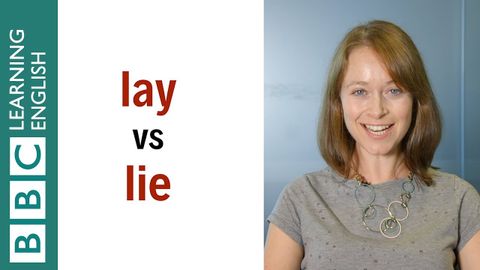1分でわかる!動詞 Lie と Lay の違い
Evangeline が 2021 年 03 月 04 日 に投稿  この条件に一致する単語はありません
この条件に一致する単語はありませんUS /pəˈzɪʃən/
・
UK /pəˈzɪʃn/
- n. (c./u.)見解 : 態度;位置;(スポーツの)位置 : ポジション;役職;状況 : 情勢;有利な立場
- v.t.位置づける : 置く;置く
- n. (c./u.)アパート;平ら;フラット;フラットシューズ
- v.t./i.アパートに同居する;不発に終わる
- adv.はっきりした;平に
- adj.平らな;活気のない;ぺちゃんこの;炭酸が抜けた;一定の;つや消しの;単調な;平面的
- n.時制
- adj.固まった;張り詰めた;緊迫した
- v.t.固く緊張させる
- v.i.緊張
エネルギーを使用
すべての単語を解除
発音・解説・フィルター機能を解除
